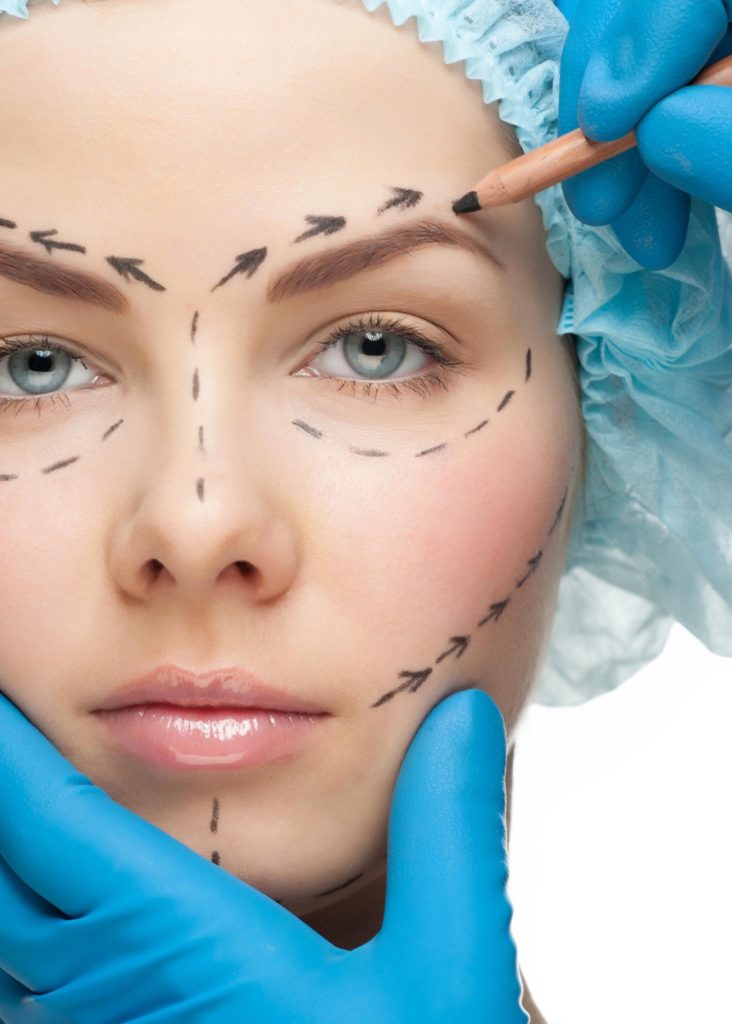


With huge marketing budgets, pharmaceutical giant Allergan has made Botox a household name as a panacea for wrinkles. Surgical or non-surgical facelifts can even be found in most aesthetic clinics in Singapore, which tends to be on the more conservative side.
Exposés of high-profile personalities and features in fictional productions have associated Botox in Singapore with “younger-looking” smooth skin, as well as frozen expressions and dramatic surprised looks; forever cementing the drug in the public’s mind as a “wrinkle eraser”.
But what’s unknown is how Botox works and the relationship it has with wrinkles.
Our first wrinkles appear when we smile, frown, and make other facial expressions.
In fact, every single time you move a facial muscle, a microscopic groove forms under the surface of the skin. Little by little, this adds up to something more visible to the naked eye. Hence its categorisation under Dynamic Wrinkles.
Then comes ultraviolet (UV) damage, smoking, lack of hydration, genetics, gravity, other environmental factors, and even some medicines can result in wrinkle formation. Wrinkles formed as a result of these factors are typically categorised as Static Wrinkles.
Here we share a little wisdom on the types of wrinkles and how they can be treated.
Wrinkles are creases, folds, or ridges on the skin. They are part of the natural aging process. As we get older, our skin becomes drier, thinner, and also loses its elasticity and the ability to protect itself from damage.
Crows’ Feet, Frown Lines, Smoker’s Lips, are some examples of dynamic wrinkles. At a young age, our skin is able to spring back into position easily after moving. But as we age, our skin loses its elasticity, resulting in these dynamic lines appearing. What you can do:
Consider Botox treatment once you start noticing that your skin does not bounce back into the position quickly or if these dynamic lines take longer to go away. The idea here is to reduce the action of these muscles with Botox in Singapore; enough not to cause a deep crease from forming while maintaining your natural expressions.
These can appear just about anywhere on the skin and are present when we keep a neutral expression. They are a result of the natural aging process, as the skin structures deteriorate or when we lose volume in our skin. What you can do:
Sun protection is paramount as a preventive measure. You can also speak to the doctor in any aesthetic clinic in Singapore about laser treatments or filler injections to correct any existing static lines.
Smoothen out your wrinkles with Clear + Brilliant Laser.
Lighten deep lines with face fillers that can be found in many aesthetic clinics in Singapore!
[18 Mar 2021] A blog post by Dr. Gabriel Wong

Having graduated from the Yong Loo Lin School of Medicine – Dr Gabriel Wong worked in several hospitals in Singapore where he honed his medical acumen.
Fate was at work when he met Dr Kelvin Chua, which sparked his interest in aesthetic medicine.
Growing from strength to strength under the tutelage of Dr Chua, Gabriel developed an eye for detail and beauty – perfectly in tune with aesthetic medicine, a confluence of art and science.
He applies this in a range of non-invasive procedures such as Botox treatments, soft tissue augmentation (Dermal Fillers with the Cannula Method), skin rejuvenation with lasers (Fotona5D Laser Lift), and effective acne and acne scar treatments (Fractional CO2 Laser, subcision).
In his free time, Gabriel loves to travel in search of that perfect snapshot. His works of art have won praises by many patients.
For more information, write to contact@slclinic.com.sg.
To contact Dr Gabriel Wong, write to gabriel@slclinic.com.sg.
Like what you read? Share them!